AWS

Description
AWS Course is designed for all the people who are interested to learn about Cloud Computing and will help you in career paths aimed for AWS Solution Architect. companies were using their own private servers to create services like for storage, computing, etc. But now with internet speeds becoming better, companies big or small have started understanding the power of the cloud, therefore they are shifting their data to the cloud for improved performance, so that they can focus on core-competency.
WHAT YOU WILL LEARN
There are three types of service models in cloud
- SaaS (Software as a Service)
- PaaS (Platform as a Service)
- IaaS (Infrastructure as a Service)
Explore the best Concepts
- SaaS: It allows companies to use software without having to purchase them, which reduces the expenditure of the company drastically, since they are already installed on the cloud server they can be quickly deployed and therefore saves time.
- PaaS: PaaS stands for Platform as a Service. Here, the service provider provides various services like databases, queues, workflow engines, e-mails, etc. to their customers. The customer can then use these components for building their own applications. The services, availability of resources and data backup are handled by the service provider that helps the customers to focus more on their application's functionality.
- IaaS These are self-service models for accessing, monitoring, and managing remote datacenter infrastructures, such as compute (virtualized or bare metal), storage, networking, and networking services
AWS (Amazon Web Service) is an hosted computing environment.AWS provides the ability deliver computing services in a controlled and secure manner.It will store, mange or process sensitive data.
Course Syllabus
Syllabus content
Networking, OS, J2EE overview, WebSphere Licensing.
- Architecture Overview
- AWS physical and networking Layer
- Overview of WebSphere Application Server,
- Policies
- Users
- Groups
- Roles
- VPC
- EC2 AMIs and Virtualization
- EC2 Instance Types
- Public, Private, and Elastic IP Addresses
- EC2 Bootstrapping, User-Data, and Meta-Data
- Security Groups
- Key-Pair and Connecting to an EC2 via SSH
- EC2 and Networking (Recap)
- EBS Snapshots
- EC2 Placement Groups
- Provisioning an EC2 Instance
- EC2 Backup Solutions with AMIs and Snapshots
- Accessing Instances User Data and Metadata
- Auto Scaling and Elastic Load Balancing Essentials
- Setting up an ELB and Auto Scaling Group
- Serving Traffic to and from Private Web Servers
- Building a More Secure Application with a Bastion Host and NAT Gateway
- S3 Essentials
- S3 Permissions
- S3 Storage Classes
- Object Versioning
- S3 Lifecycle Policies
- S3 Events
- Website Hosting with S3
- Getting Data Into and Out of S3
- Using S3 for Static Web Hosting
- Configuring Backup and Archiving Solutions in S3
- Route 53 Essentials
- Route 53 DNS Failover
- CloudFront Essentials
- Performance Considerations with CloudFront
- Configuring Route 53 DNS Records Sets
- Configuring a CloudFront Distribution
- CloudWatch
- CloudWatch Essentials
- CloudWatch Sandbox
- CloudTrail
- CloudTrail Essentials
- CloudTrail Sandbox
- CloudFormation
- CloudFormation Essentials
- Creating an S3 Bucket with CloudFormation
- Hybrid Environments & VPC Peering
- Lambda
- AWS Direct Connect
- AWS Storage Gateway
- VPC Peering
- AWS Interfaces (The AWS CLI)
- Interacting with AWS
- Install and Configure the AWS CLI
- RDS (Relational Database Service)
- RDS Essentials
- Create and Configure an RDS Database with backup solution
- DynamoDB Essentials
- ElastiCache Essentials
- SNS (Simple Notification Service)
- SNS (Essentials)
- Create and Use an SNS Topic with an S3 Event
- SQS (Simple Queue Service)
- SQS Essentials
- Using SQS to Build Decoupled Application Architectures
- SWF (Simple Work Flow)
- SWF Essentials
- EC2 Troubleshooting Scenarios
- VPC Troubleshooting Scenarios
- Create and Use an SNS Topic with an S3 Event
- ELB Troubleshooting Scenarios
- Auto Scaling Troubleshooting Scenarios
- examples : Troubleshooting Connectivity Issues
Hook up Course
- Starts
- Duration2 Months, 6 hrs / week
- Seats Booked43
- Seats Available7
- LanguageEnglish



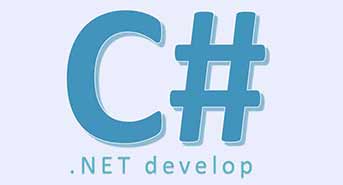
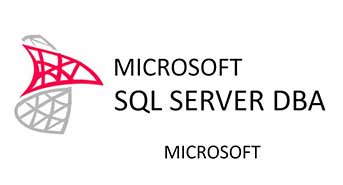
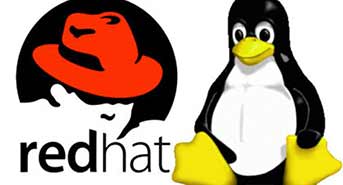

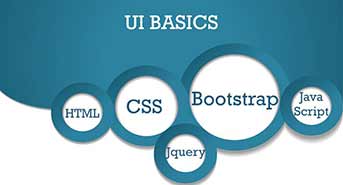

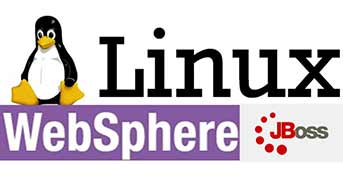









Add Your Review